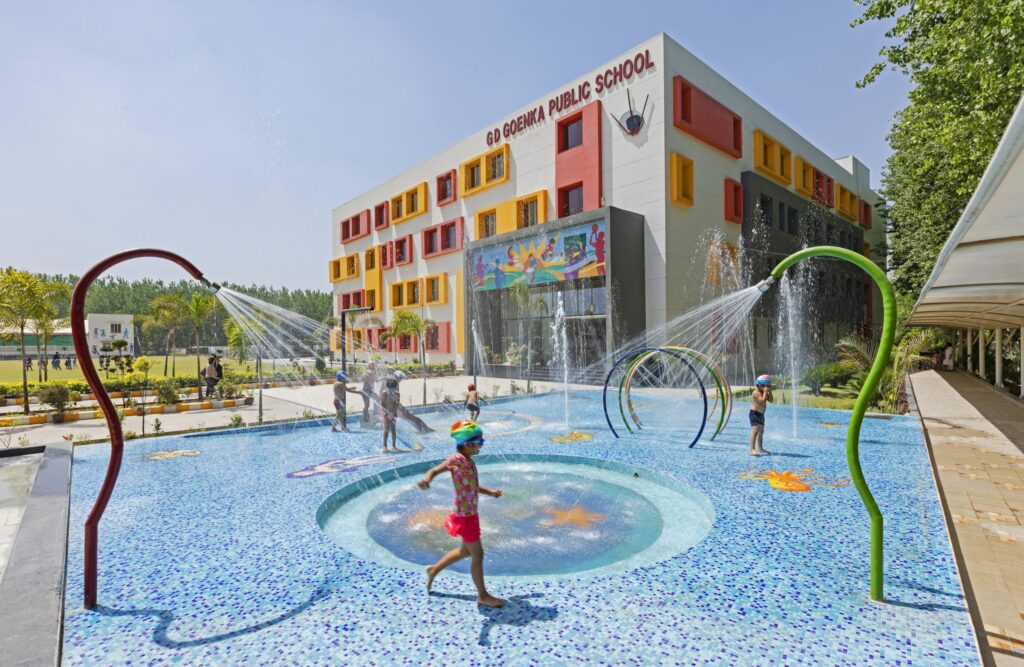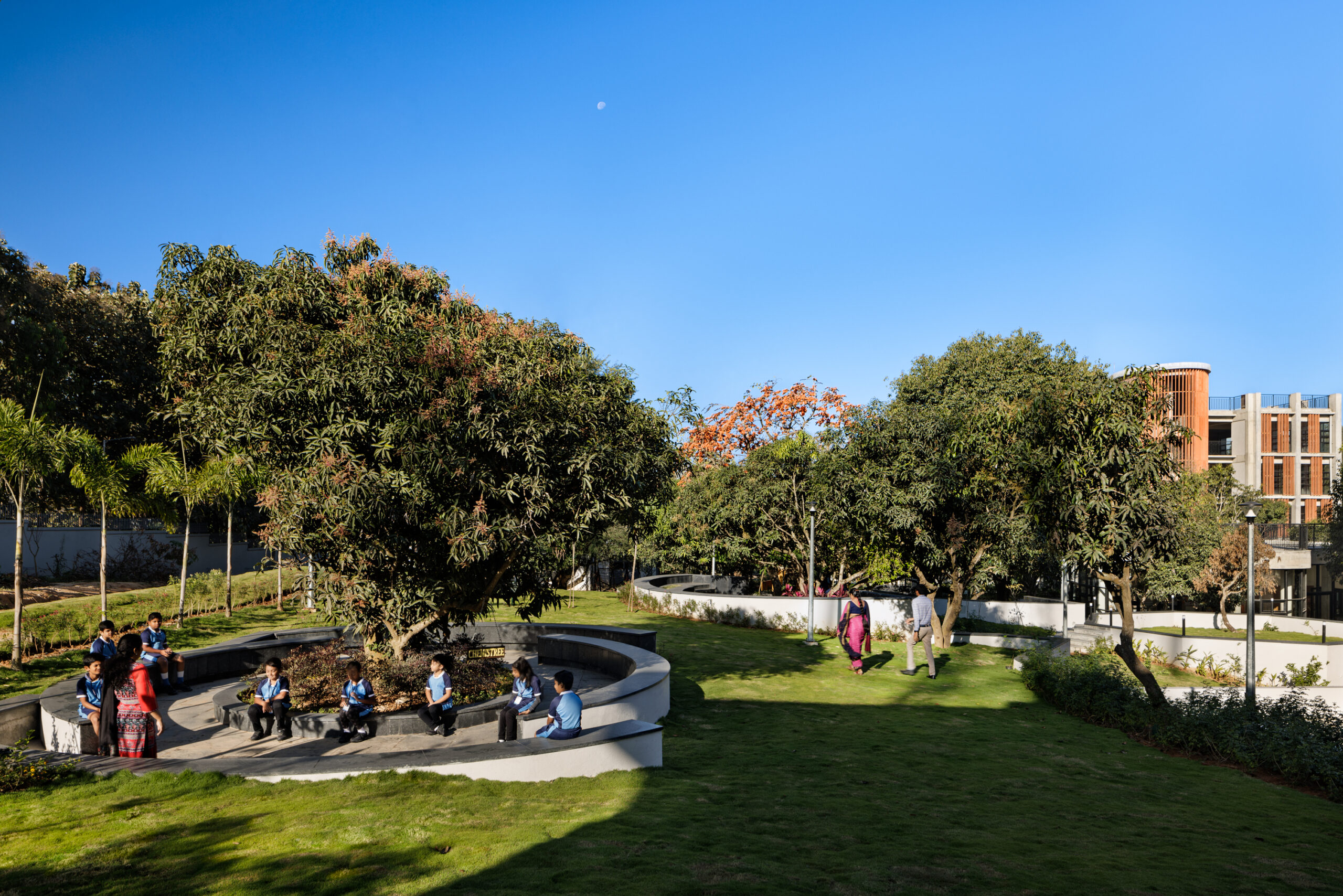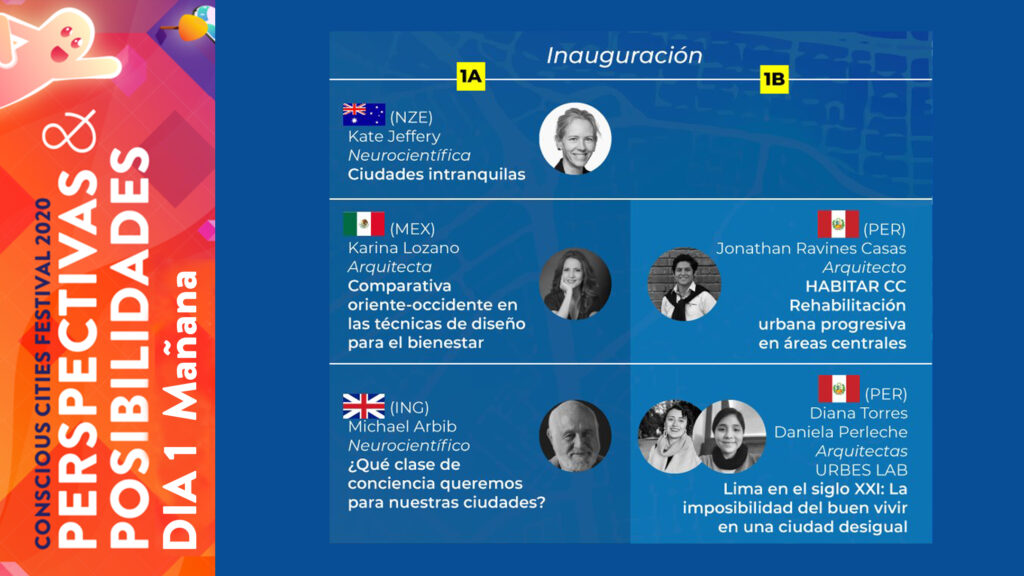As global urbanisation accelerates, the imperative to prioritise urban design that accommodates diverse demographics becomes increasingly apparent. Among these demographic groups, the youngest members of society—the children—are often marginalised in urban planning discourse. However, cities worldwide are progressively acknowledging the significance of crafting environments tailored to the unique needs of children, affording them opportunities for safe, stimulating, and educational experiences.
The planning of urban spaces profoundly influences children’s development and well-being, necessitating a heightened focus on Child-Friendly Cities. Far from being passive inhabitants of urban landscapes, children are active participants deserving of environments that stimulate play, exploration, and learning. Beyond the provision of playgrounds, the ethos of child-friendly urban design aims to cultivate environments conducive to young inhabitants’ social, cognitive, and physical development.
Research underscores the manifold benefits of investing in child-friendly urban design, ranging from enhanced public health outcomes to an overall elevation in the quality of life for all urban residents. According to UNICEF, cities that prioritise child-friendly urban planning see increased social cohesion, reduced crime rates, and improved mental well-being among children and families.
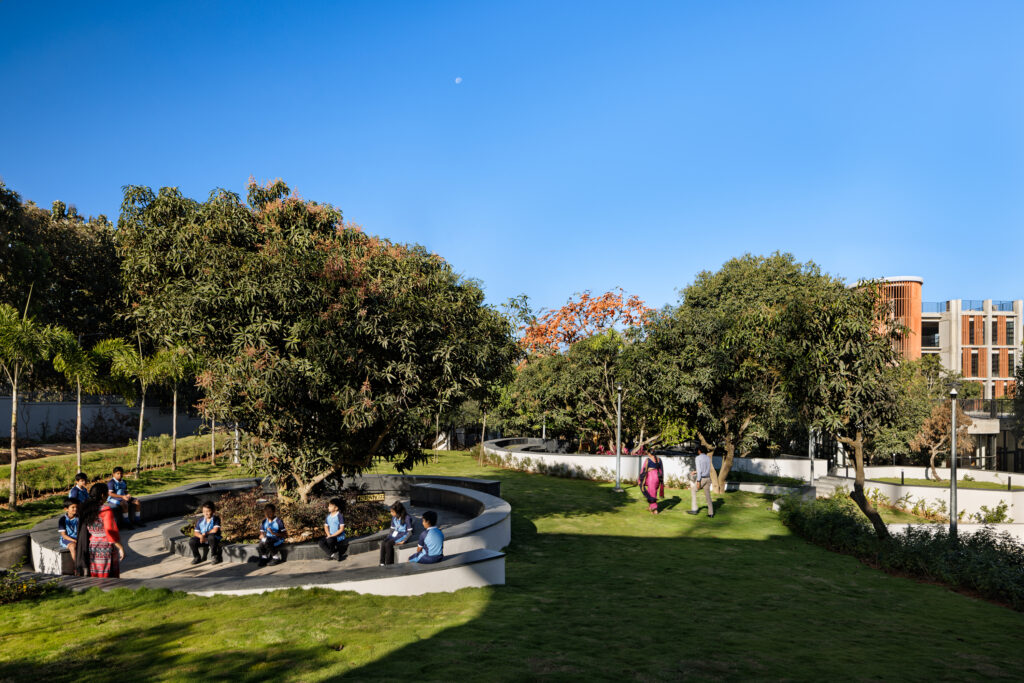
Photo Credit: Noughts and Crosses
In essence, the imperative to create cities attuned to the needs of children transcends mere urban aesthetics, bearing profound implications for the inclusive, sustainable, and resilient development of urban environments across generations.
Drawing inspiration from cities like Sydney, where innovative approaches to urban design are evident, here are a few strategies for making our cities more accessible, enjoyable, and inclusive for the younger generation.
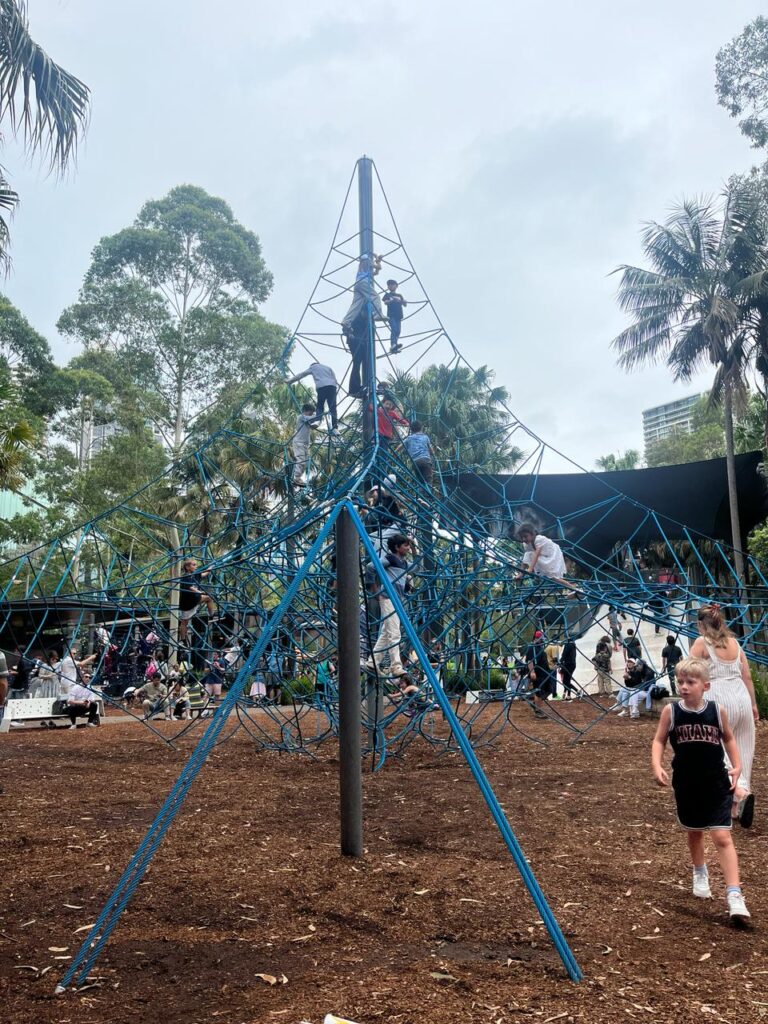
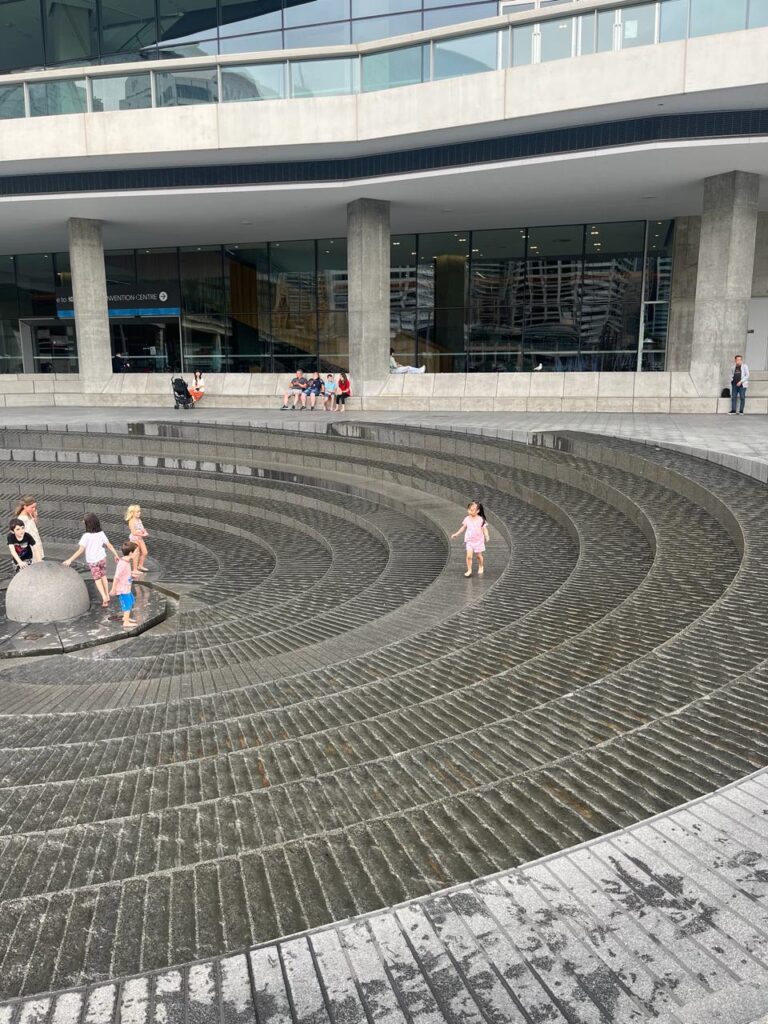
Walkability and Universal Accessibility
In the pursuit of fostering child-friendly urban environments, prioritising walkability and universal accessibility emerges as paramount. Open spaces designed to facilitate exploration and effortless mobility play a pivotal role in nurturing environments where children can move freely and safely. By integrating pedestrian-friendly infrastructure and ensuring universal accessibility, cities promote physical activity and independence among young inhabitants and cultivate inclusive communities where individuals of all abilities can thrive.
Themed Areas and Inclusive Open Spaces
Incorporating themed areas within large public spaces is one key element in making cities more child-friendly. Unlike conventional playgrounds, these spaces provide a platform for diverse activities, engaging children’s imaginations and curiosity. Importantly, these areas are open and accessible to everyone, promoting inclusivity within the community.
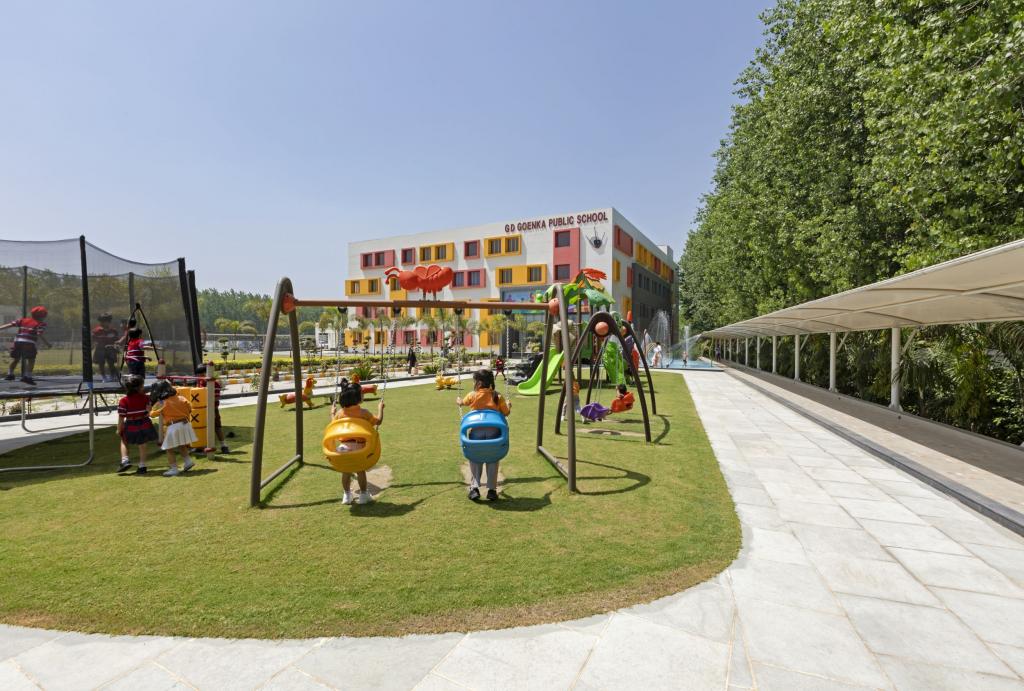
Fostering Family-Friendly Urban Environments
Acknowledging the pivotal role of parents in shaping children’s experiences, cities must prioritise infrastructure conducive to family engagement. Beyond mere functionality, urban spaces should be curated to foster meaningful interactions and facilitate shared activities among families. Incorporating elements such as ergonomic seating, shaded alcoves, and accessible amenities enhances families’ physical comfort and cultivates a sense of community and belonging within urban environments.
By recognising the symbiotic relationship between urban infrastructure and familial well-being, cities can elevate the livability quotient of their urban landscapes. Providing spaces that encourage familial gatherings and interactions enriches the social fabric of communities and contributes to the holistic development and cohesion of urban societies.
Urban Design for Play
Incorporating play-centric urban design within city centres is pivotal for fostering children’s sense of belonging and well-being. Mixed-use areas, blending commercial, residential, and recreational spaces, enriched with innovative play zones and parks, cater to diverse age
groups. Evolving from traditional playgrounds, interactive spaces like water parks and adventure zones amplify children’s excitement and engagement. Integrating cultural attractions, such as maritime museums, not only enriches urban landscapes but also instils a love for learning from an early age. By strategically incorporating play elements and cultural attractions, cities can create vibrant, inclusive spaces that nurture creativity, exploration, and lifelong learning among young residents.
Thus, building child-friendly cities is not just a matter of adding playgrounds; it’s a holistic approach to urban planning. The observations from Sydney offer valuable insights into how urban spaces can be transformed to prioritise the needs of children, ensuring that our cities are not just functional but also enjoyable and inclusive for everyone. As we continue to shape the future of our urban landscapes, it is essential to create spaces that nurture the potential of every child, contributing to the development of healthier, happier, and more vibrant communities.
